There are rare moments in life of privilege, how to go into the Peruvian desert with his father and a great friend and explorer, Mr.. Roberto Penny Cabrera.
This trip was the fact’ 8 January 2014 and Roberto with his Nissan Patrol, now transformed into a dinosaur in the desert, came to get us to the 8.00 morning.
Destination of the ICA in the desert places almost unexplored because after a certain point, penetrating into the interior, begins “Death zones”. In practice from then on cell phones are no longer receiving and you can no longer communicate with the civilized world.
It remains entirely in the hands then the skill of the pilot and the means by which you are going in exploration.
Roberto always check the status of his repeatedly “camioneta” before the trip , knows as himself, and always brings the hardware to be able to repair any unexpected failures.
My father Roberto, is the first time it is in the desert, I really hope that it is a experience that remains inside as it happened to me!
Here's the dinosaur with larger wheels, reinforced suspension, Hammer style bumper and that I smile with Roberto and I hope that this time be able to bring us back home!
Here, in one of the first stops, one of the lines, similar to those of Nazca, created by prehispanic. At about ten meters a sister line to this. Both parallel and continue for several miles in a perfect way.
I can confirm that I have personally seen close to the line, a piece of Spondylus, a shell very important ritual for religious then it did get addirittuara by the warm waters of Ecuador.
I want to clarify that one of the things that unites most of the lines in Peru, including those of Nazca, is the finding deals of shells and pieces of pottery, crushed to the ground as an offering ritual.
My personal impression is that all efforts to create these structures and rituals associated with them were to be used to activate the lines, to bring them to life, to obtain a communication, thanks to the wide use of hallucinogenic drugs such as the San Pedro, with the MOTHER EARTH.
Here the picture that shows the two parallel lines.
Another photo of the area in panoramic
The area also nature creates its lines, these are due to the meeting of two tectonic plates Nazca and South America. Here, the land continues to rise for millions of years to a few millimeters per year but steadily. In the area, Roberto tells us, the pressure of the two plates creates a phase shift of the earth's magnetism and the compass in several places begins “go crazy”.
Here in the middle of a desert shelter prehispanic. Please note that in the thermal zone between day and night is great and also the winds blow incessantly. The guards then were basic but very clever, were built with stones, creating a barrage of semi-elliptical shape with respect to the wind, and supplemented with shrubs and vegetation. The same blankets and towels that were brought back were perhaps used to close the top and create a ventilated and sheltered from the cold night and the heat of the day.
Here's another cover that over time it is filled with sand.
Resuming the journey we stopped shortly after to see a skull pre-Hispanic and a wooden instrument that you think were using in agriculture and for defense purposes. The skull presents the well-known strain the skull, ie the elongation of the head using wooden tablets, applied since birth and found in almost ninety percent of the skulls of the Nazca culture!
Panoramic photo of man prehispanic past and that of today.
We then moved to another area where it was possible to appreciate, as we explained our guide, as the ancients could, through the construction of these stone arches consecutive channeling a little water in the area. Honestly, the whole area is desert, and the only water that you can have is one that condenses the night on the stones. Just going back to several millennia before, when the region's climate was more favorable, would be possible to explain the theory of Roberto, But then there is the problem that these structures should be traced back thousands of years ago!
Another photo of the area. On the right you see on the wall arches as in the previous photo and a pipe in the flat that ends with a barrage. The top of this hill is flat, without sand and full of stones, perhaps this peculiarity made it a suitable time to collect condensation and humidity at night (or maybe the rain), which was then channeled into the valley.
In this area is the famous hand of the Incas, an old rock formation that has been eroded before the ocean currents when he was still in the seabed and then adapted to look like a hand of prehispanic.
Here is a side view of the same stone.
Here, in the center of the photo, another alignment of stones that form a rectangle on the hill slope adjacent.
Here a canyon formed by erosion of alluvial mud and water in a few days of precipitation in the mountains turns into a raging torrent which sweeps everything.
In some cases this cataclysm came to submerge in mud some outlying areas of the ICA bringing death and destruction. This phenomenon was well known and feared even by the prehispanic who called in Quechua “huayco”.
Here highlight the river and the canyon that ICA has carved over thousands of years in the desert.
Here we are instead in an area where we could observe several marine fossils and the famous teeth of megalodon, the prehistoric shark long until 18 meters that lived in the area millions of years ago when all this desert was a shallow ocean.
Here the prehistoric fossil of a whale dwarf.
AND’ You can still clearly see the spine and the skull.
From here on, a number of beautiful scenic desert ICA, thanks to its endless spaces, and superhuman silences, and profound stillness create a surreal world that would love to our Giacomo Leopardi.
My feeling, after we came several times already it is precisely this, a deeper contact with our world, one with which the pre-Hispanic trying to communicate, the PACHAMAMA. A bond also well lost, closely tied to the mysteries that the pre-Hispanic peoples have brought with them. Here are the photos.
This expedition into the wilderness ends with a special thanks to Roberto Penny Cabrera that now, after several years of exploration, has become an old “zorro del desierto”, an old hand, as he likes to call. A wonderful person who has learned to perceive the nuances of the desert as did the pre-Hispanic and that every time he reveals the secrets of this beautiful and mysterious new world and the people who lived respecting and leaving behind only traces still full of delicate deep meaning.
Have a nice day and the next.
Enrico
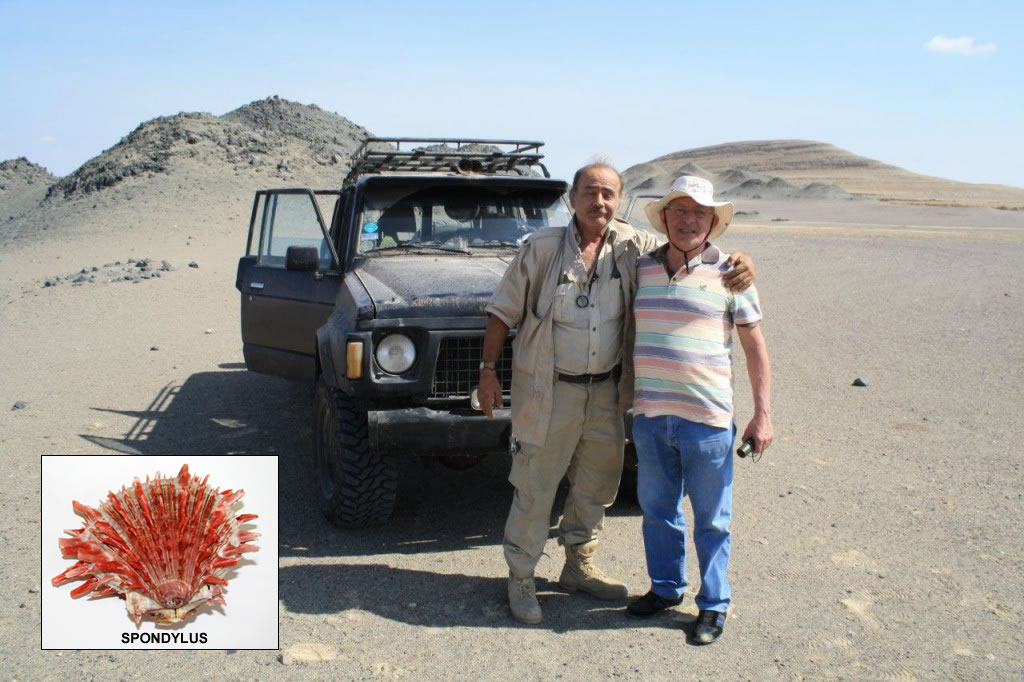
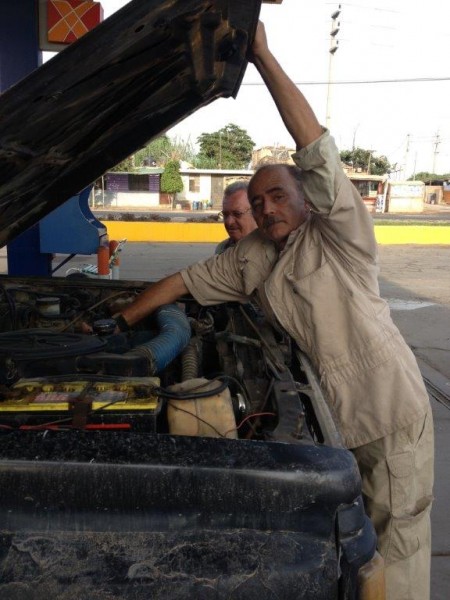
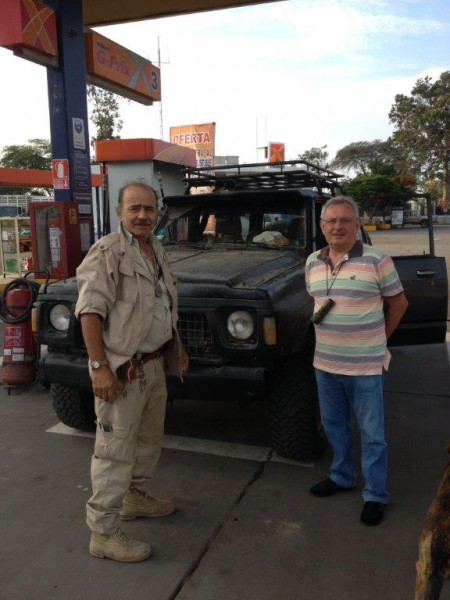
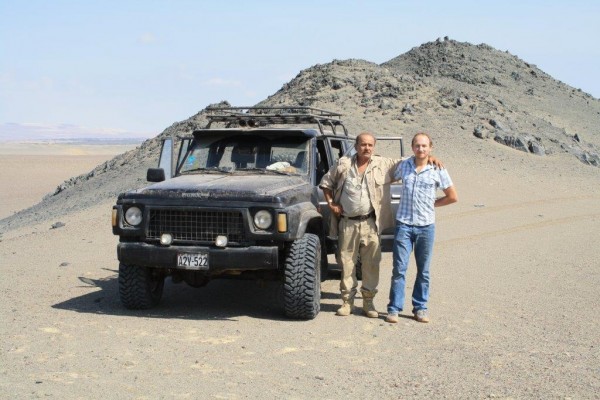
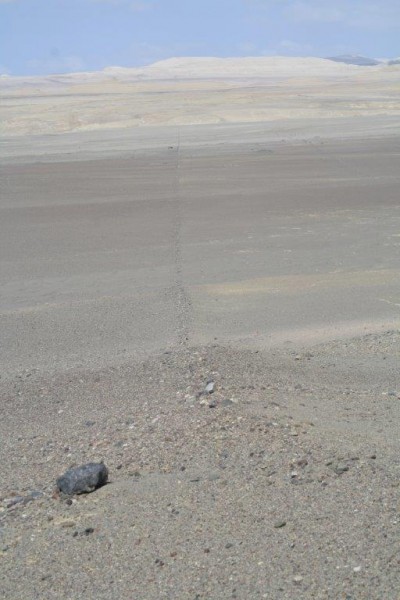
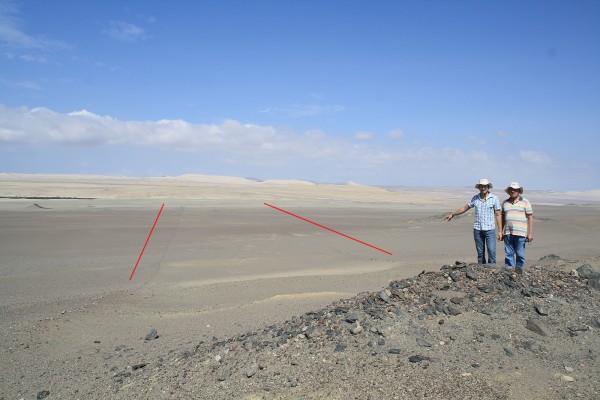

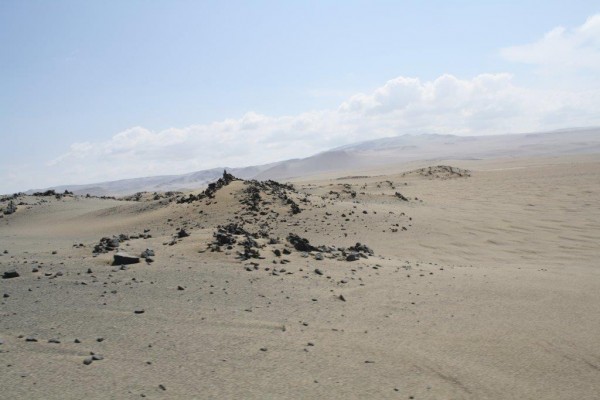
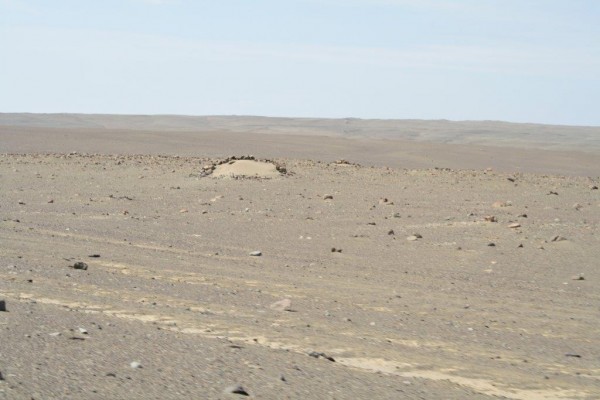
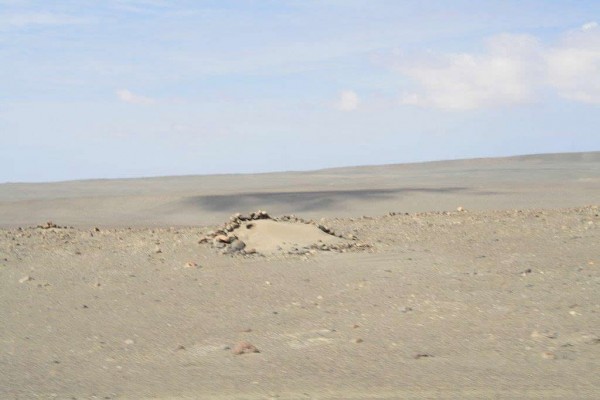
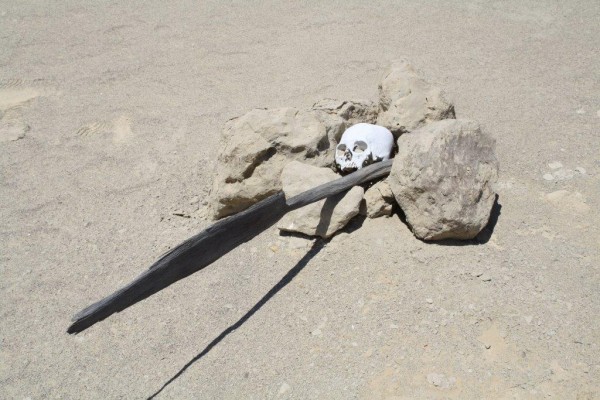

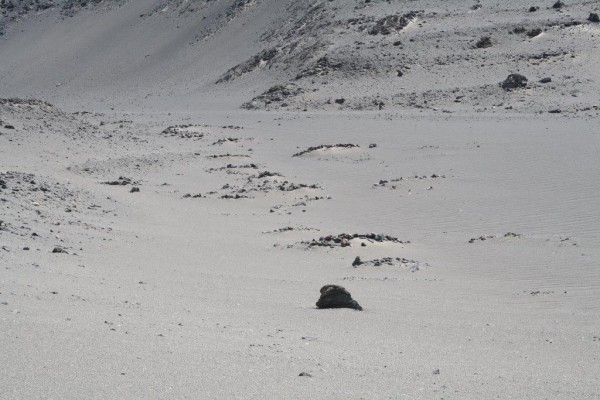
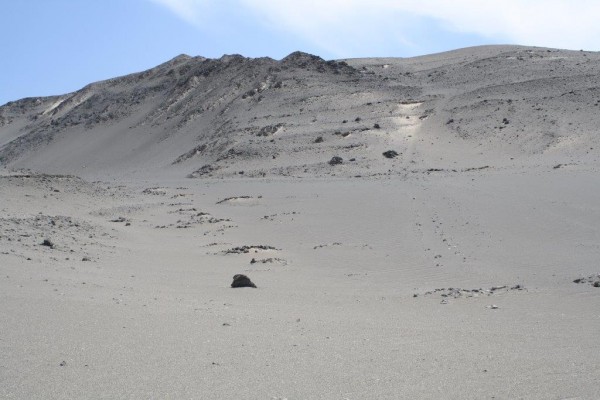
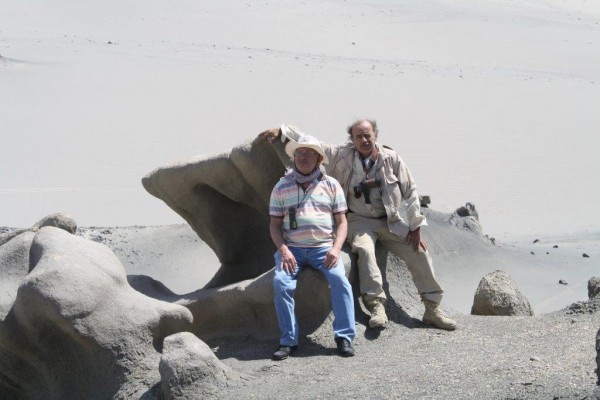
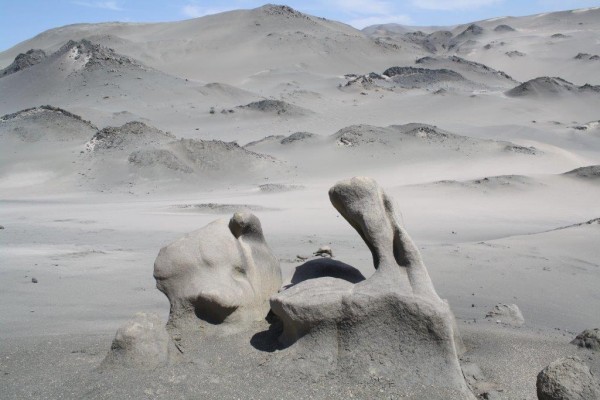
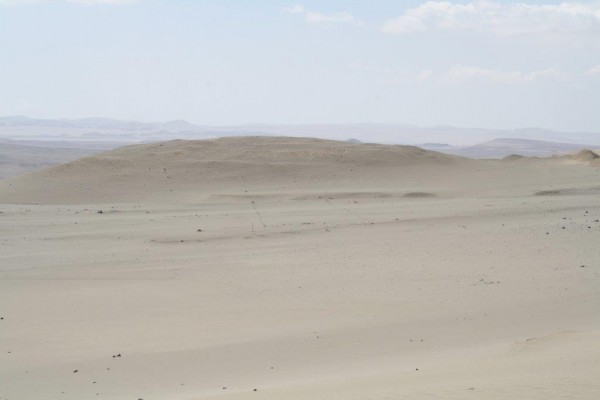






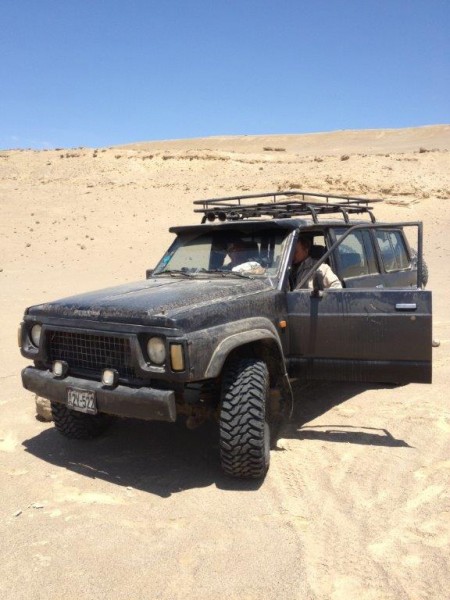


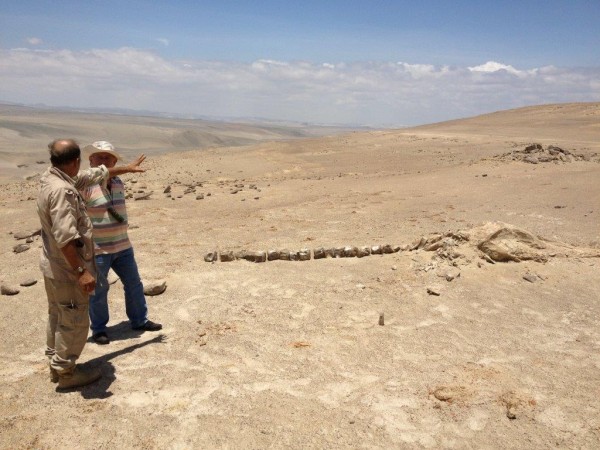









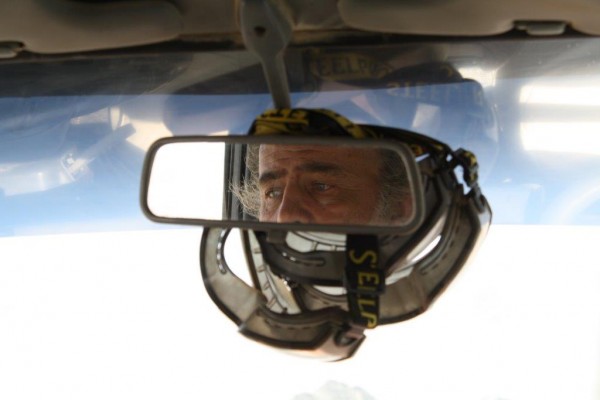
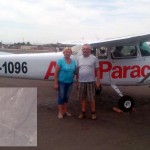

Dear fabulous article and wonderful photos, a spectacular and unforgettable adventure, through the wilderness of ICA, I also hope to be able to share these adventures
Of course Enzo, one of these times we go together, the magic of the desert remains inside!